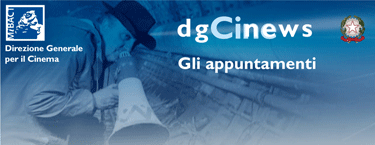by Michela Greco, Cinecittà News
"When I read noir novels, I admire their ability to bring our own changing times into focus. In Peter Craig’s book I found a very accurate portrait of a certain America that belongs to the disadvantaged, the ‘losers’," says French director Jean-François Richet. Richet debuted in independent cinema with Ma 6-T va crack-er (1997), his story of the revolts in the banlieues, then went on to make forays into commercial fare (with the remake Assault on Precinct 13 and his two Public Enemy Number One films starring Vincent Cassel). Now, opening the 26th Noir in Festival in Como, he weaves the two strands together with his Blood Father, in which Mel Gibson plays "a father who’s brought up his daughter all wrong, but is doing all he can to make up for it now." The Australian actor plays an ex-con and alcoholic who has to save the girl from the drug dealers who are out to kill her, but to do so he has to dust off all the tricks he learned in his former life of crime.
His character John Link is a man who breaks the mold and is allergic to rules, and actor Mel Gibson is also known for his excesses, "but all those negative things you’ve read about him are false," Richet assures us. "The person who has the best things to say about him is Jodie Foster, and she’s right all the way down the line. Apart from his professionalism, which is undeniable, Mel is a warm and very personable individual." In Blood Father Gibson, an action film icon, acts alongside Diego Luna, William H. Macy, and Erin Moriarty.
According to the director, Gibson’s character’s relationship with his daughter stems from the fact that "today’s society is more permissive than it used to be. In the past, you had a better upbringing and better schools. Today we’ve turned inward, less open to others, and social networks are partially to blame." In portraying a difficult social context, the French filmmaker willingly took on the big picture: "Today many people are asking what direction America is headed, and the film doesn’t answer this question, but it does allow us to understand the utter desperation playing out in one part of the world. We filmed the picture near the border, in New Mexico, even though the only border I had in mind throughout the shooting was the border between rich and poor."
